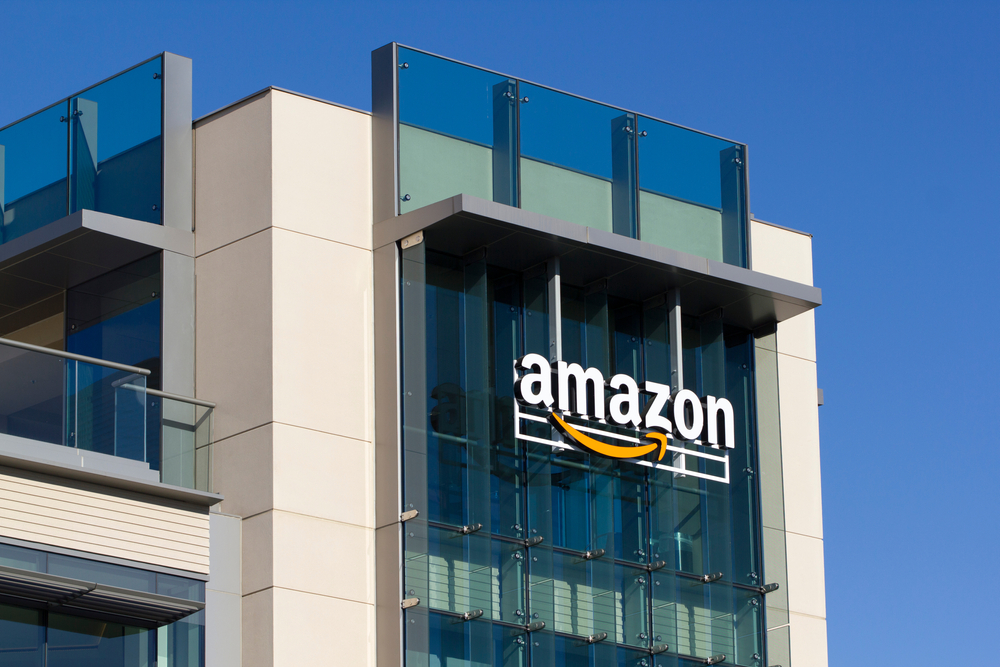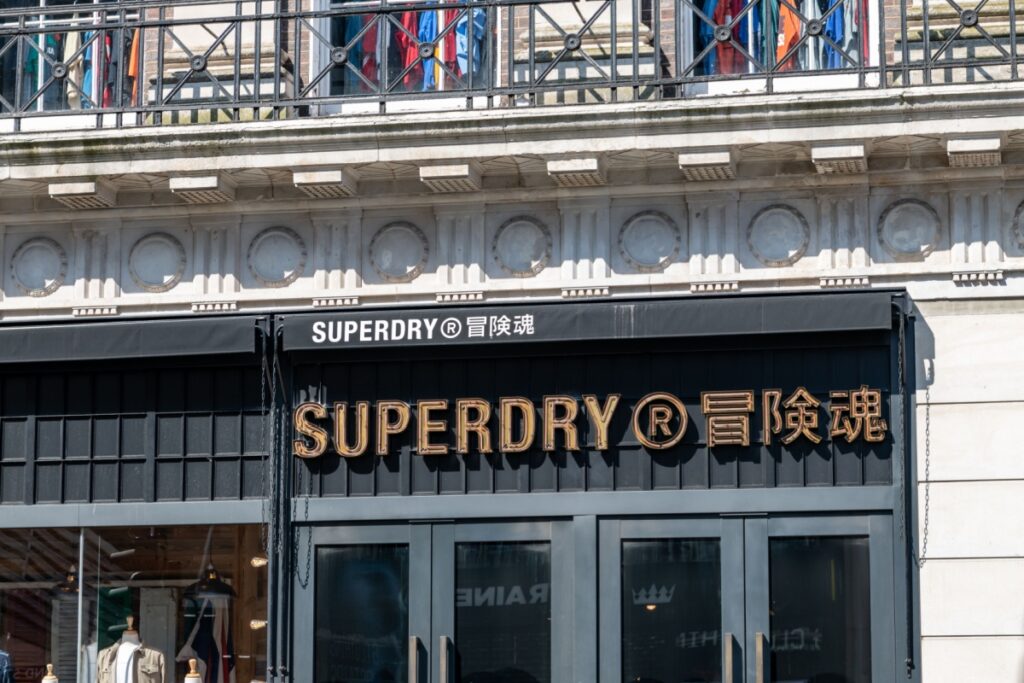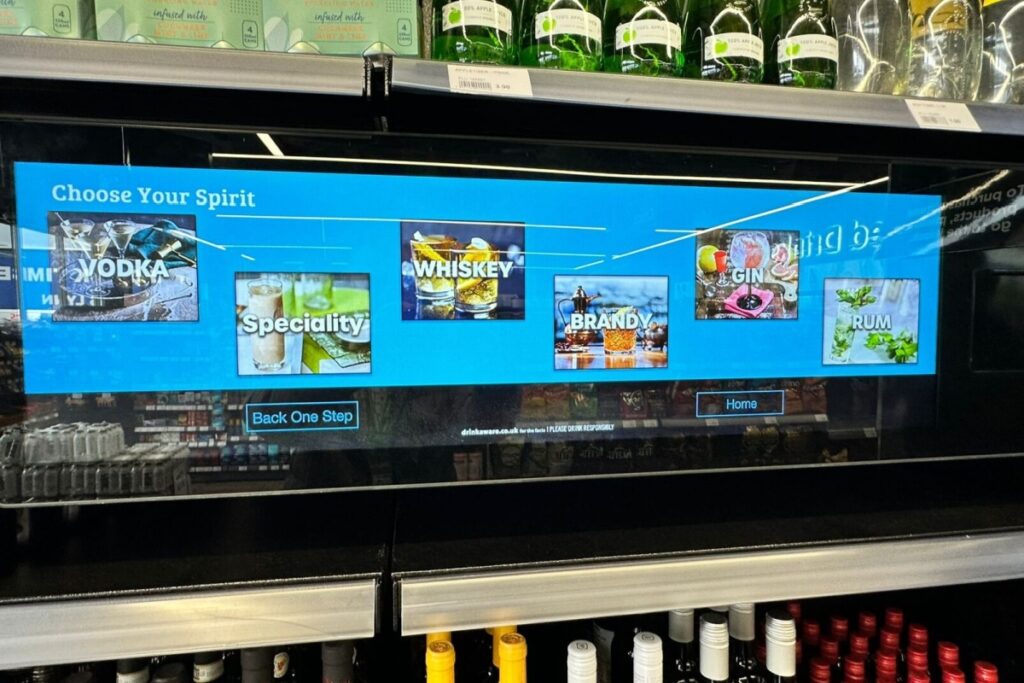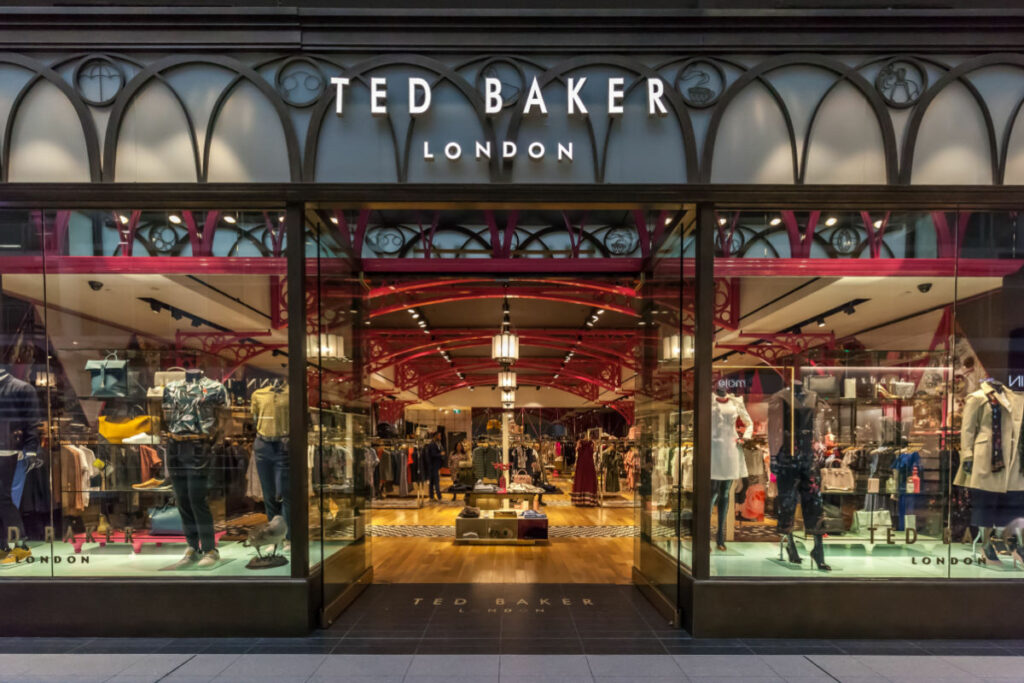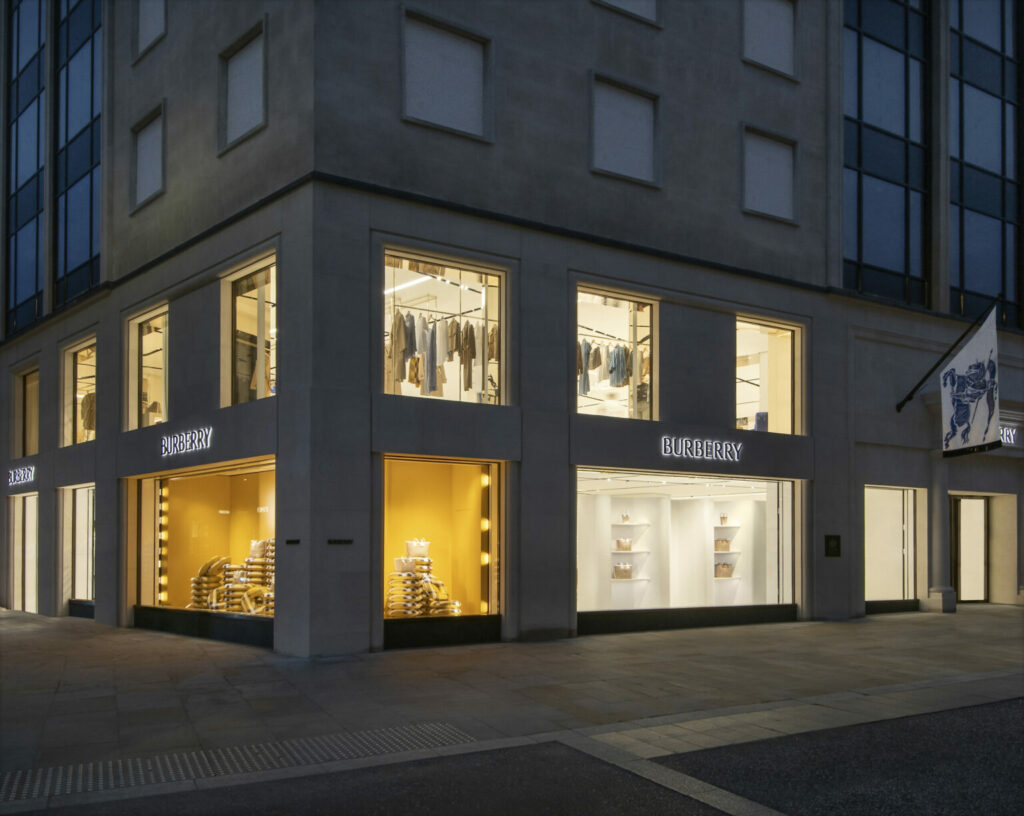Founded in 2010, it wasn’t until after 2012 – when Facebook acquired it – that things took off for Instagram. Now boasting over one billion users worldwide, there’s no doubting immense power of the social media platform, which focuses on photo and video sharing.
So it’s no wonder that retailers are now seeking to capitalise on it, especially since Instagram stepped forward in September 2018 with the introduction an in-app sales tool to allow for a seamless shopping experience.
“Instagram brings brands to life”
It went even further this March by launching an in-app checkout function, enabling customers to purchase items without ever having to leave the app.
“Instagram brings brands to life – the visual element allows brands to show off their personality and put themselves quite literally in consumers’ hands,” CommerceHub Europe managing director Philip Hall told Retail Gazette.
“For retailers, opening a shopping platform on Instagram will likely get you more exposure than opening a shop front in a shopping centre.”
Bellwether retailer Marks & Spencer was one of the first businesses to take part in the UK’s test phase of Instagram’s shopping function when it first launched.

“Instagram shopping offers us the opportunity to realise the huge potential of our 760,000 followers,” M&S head of digital marketing Erin Roy said at the time of the launch.
Hall said Instagram’s convenience-driven commercial tools combined with over a billion users provides “an opportunity for brands to market themselves in front of their loyal customers and new audiences”.
Nikki Baird, vice president of innovation at retail solution company Aptos, said it was important for retailers to utilise Instagram in a way that doesn’t just not mean they have an account to check the box.
“It’s okay if the objective is not sales or awareness driven at all – it could just be about learning how people engage on that channel for better understanding of shopper behaviour,” she said.

Dr Frauke Wolf, strategy analyst at ecommerce platform eShopWorld, said Insta-shopping is not as convenient as shoppers would expect – especially since shoppers can only purchase one item per transaction.
“While discovering a new product is quite easy for a shopper, the actual shopping process is a bit clunky,” Wolfe told Retail Gazette.
“Tapping the item link navigates the shopper to the brand’s mobile site which opens inside of Instagram.
“The shopper is then led through the same checkout process as if they were shopping the brand’s site in the first place.
“It can be easy for the shopper to lose their place in the checkout flow and it may be awkward to enter information on a mobile platform layered on top of another mobile platform as it further restricts valuable screen space.”
Wolfe also highlighted that Instagram has not yet disclosed the checkout fee it charges retailers.
Meanwhile, Baird noted how Pinterest, another popular platform for social retail, doesn’t offer nearly as many shopping options as Instagram does.
“Pinterest has been offering shoppable pins for a while, but we don’t see shoppable pins featured as often as they used to be,” she said.
However, Pinterest head of shopping product Tim Weingarten said the platform differs from Instagram in that it focuses on visual search and personalised recommendations.
“When you see something on Pinterest you’d like to own you should be able to buy it, or something just like it, that matches your unique style,” he told Retail Gazette.
He added: “People come to Pinterest in a shopping mindset, with commercial intent where they want to find ideas from retailers for everything relating to style and home decor to beauty and recipes.
“Shopping on Pinterest is powered by visual search and taste-based personalisation, so you’ll see ideas best for you based not only on visually similar results, but styles that match your taste.
“While discovering a new product is quite easy for a shopper, the actual shopping process is a bit clunky”
“In terms of how Pinterest compares to Instagram, first and foremost, we are a visual discovery engine and not a social network.
“What you see on Instagram is based on who you’re following, whereas on Pinterest, users are shown ideas they’ll love based on what they’ve been saving and searching as they develop their taste and search, save and click Pins they love.”
William Soulier, chief executive of advertising agency Talent Village, argued that Chinese social media network WeChat was “certainly one to watch” thanks to its advanced shoppable technology.
“It is used by both brands and people to keep in touch, but more importantly it’s regularly used for transactions,” he said.
“If someone makes a small purchase in China, it’s likely that they will use WeChat.
“Likewise, with WeChat launching a new shopping function that lets people shop on JD.com with just a few taps earlier this year, it’s most definitely set for further expansion.”
However, Ben Whitaker, EMEA director at liquidation platform B-Stock, argued that the rise of social shopping tools encourage impulse purchases. He said that while this boosts sales for retailers, it can promote buyer’s remorse and a spike in return rates.
“When consumers can buy items in a matter of seconds, the likelihood of them purchasing something that does not meet their expectations grows,” he said.
“Customers are unable to touch or try on items as they would do in a brick and mortar store and the ease of shopping online means many don’t think twice about looking at the finer details of an item.
“If retailers wish to take advantage of these new social commerce tools, they should also be prepared to see an increase in negative reviews if they are unable to meet the expectations that are set out through their posts.”
While Insta-shopping has an advantage because it’s tapping into an already-engaged audience, retailers can risk losing the opportunity to drive traffic to their own site, where consumers can discover additional products.
Yet as retailers scramble to take advantage of Instagram, it will only be a matter of time before other social media platforms develop their own technologies and further revolutionise online retail in doing so.
Click here to sign up to Retail Gazette‘s free daily email newsletter



